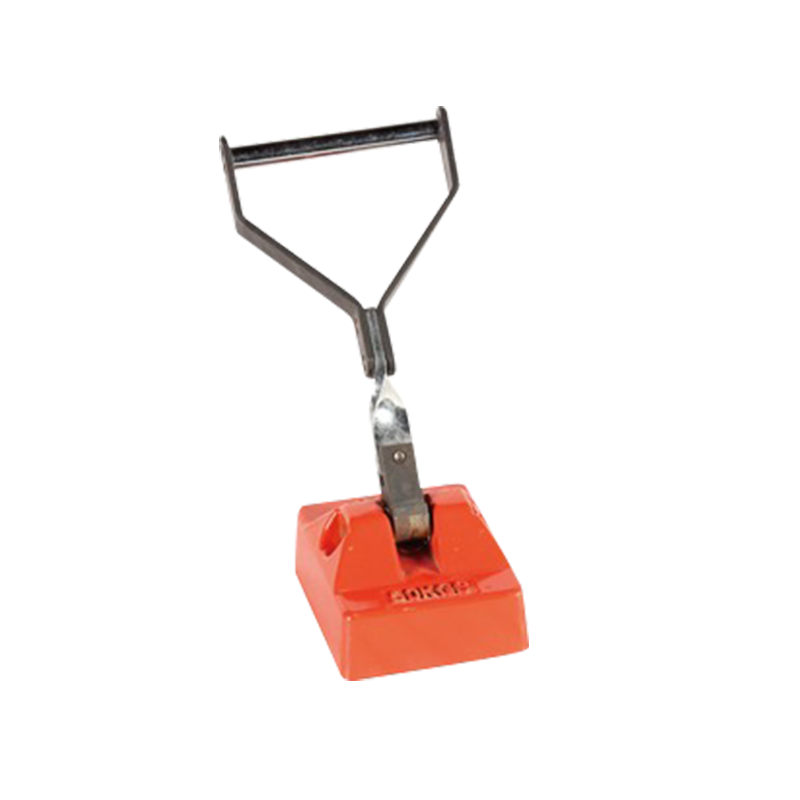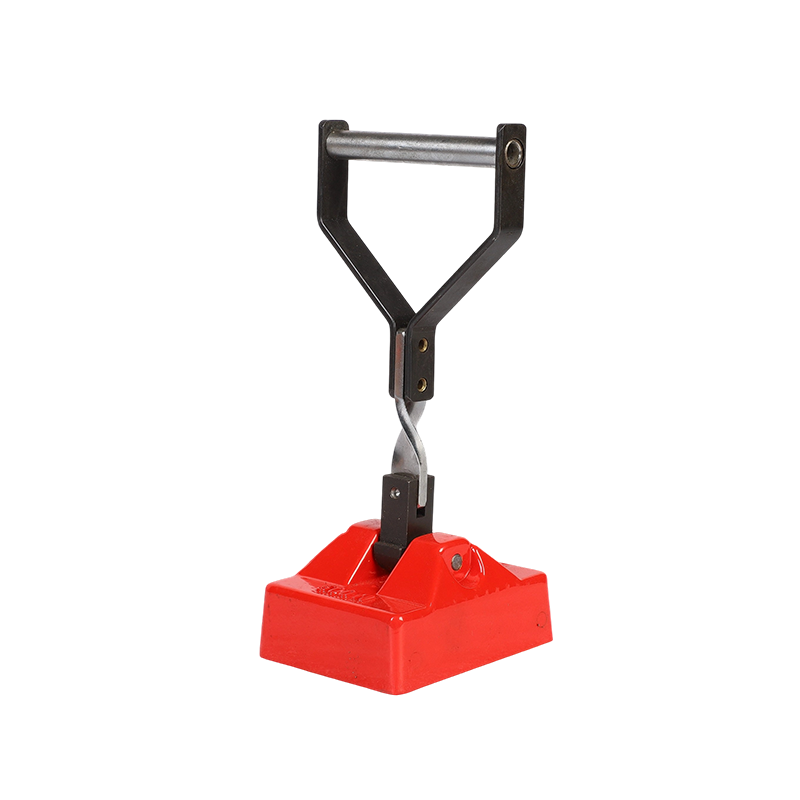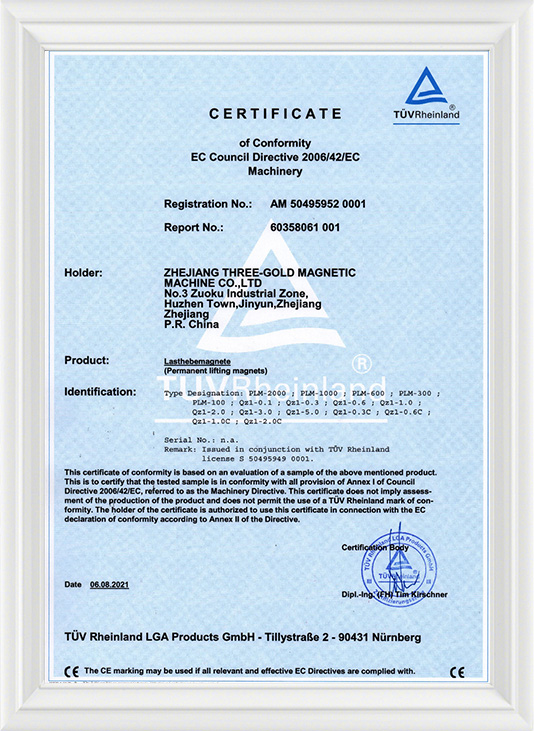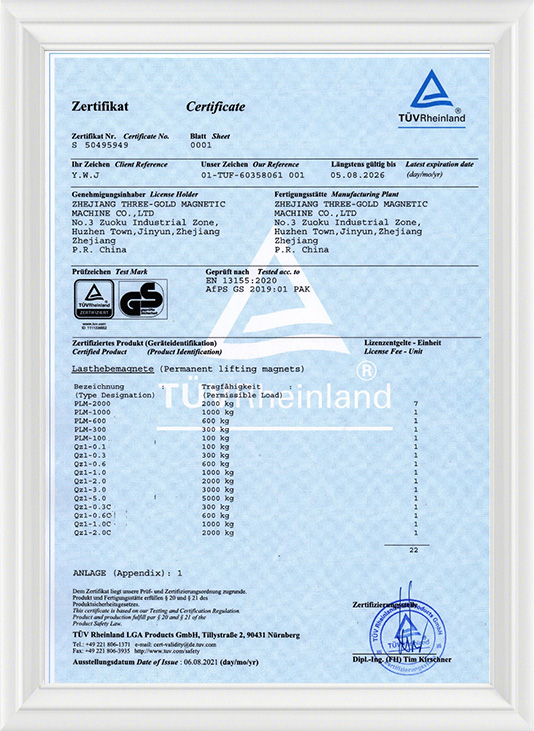The vacuum suction cup lifting tool is an essential piece of equipment in industries where material handling is a significant part of the production process. These tools are widely used in various sectors, including glass, woodworking, automotive, and packaging, for lifting, moving, and positioning flat, smooth, non-porous surfaces without causing damage.
The vacuum suction cup lifting tool functions on the principle of atmospheric pressure. When the air is evacuated from the suction cup, a partial vacuum is created, and the external atmospheric pressure holds the suction cup firmly against the surface. This principle allows for the secure handling of heavy objects with relative ease, provided the surface is compatible with the suction mechanism.
The design of the vacuum suction cup lifting tool is crucial for its performance. Suction cups are often made from materials like rubber, silicone, or neoprene, which are known for their flexibility and ability to form a watertight seal. The choice of material can affect the durability and the type of surfaces the suction cup can effectively adhere to. For instance, silicone suction cups are known for their resistance to high temperatures and their longevity, making them suitable for applications in the automotive industry.
The vacuum generation system is another critical component of the tool. It can be manual, where the user squeezes a pump to create a vacuum, or automatic, with an electric or air-operated pump that maintains the vacuum without continuous manual effort. Automatic systems are particularly advantageous in industrial settings where heavy or repetitive lifting is required, as they reduce operator fatigue and increase efficiency.
The vacuum suction cup lifting tool must be matched to the specific application to ensure suitable performance. Factors such as the weight of the objects to be lifted, the type of surface, and the environmental conditions all play a role in selecting the appropriate suction cup size, shape, and material. For example, suction cups designed for glass handling will have a different profile and possibly a protective edge to prevent the glass from cracking.
Safety is a paramount concern with vacuum suction cup lifting tools. The tool must be able to handle the weight of the objects without risk of failure. This is why these tools are often equipped with safety features such as pressure gauges to monitor vacuum levels and emergency release valves to quickly disengage the suction in case of an emergency. Regular maintenance and inspection are also essential to ensure the integrity of the suction cups and the vacuum system.
In the context of automation and advanced manufacturing, vacuum suction cup lifting tools are often integrated into robotic systems for automated material handling. These systems can be programmed to handle specific tasks, reducing the need for manual labor and increasing productivity. The integration of sensors and controls allows for precise positioning and handling, which is particularly important in industries where precision is key, such as in the assembly of electronic components or in the automotive sector for the handling of car windows.
The versatility of vacuum suction cup lifting tools extends to their use in non-industrial settings as well. For instance, in construction, they can be used to lift and position large sheets of drywall or glass panels. In the maritime industry, they are used to move heavy panels or for shipbuilding applications.
The vacuum suction cup lifting tool is a multifaceted piece of equipment that offers a safe, efficient, and cost-effective solution for a wide range of material handling needs. Its design, material selection, and the vacuum system are all crucial factors that contribute to its performance and safety. As industries continue to evolve, the development of more advanced vacuum suction cup technologies will likely play a significant role in shaping the future of material handling and automation.






